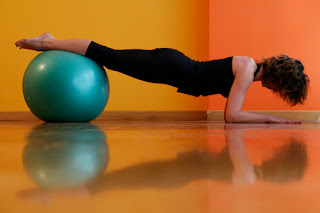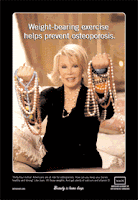
The Top 5 Physical Therapist Recommended Body Hacks:
1. Repair your posture by fixing your muscle strength and overall fitness, NOT by sitting up straight.
If I had to pick one muscle that I wished was more flexible in any of the bodies I treat, I would surely pick the hamstrings. These play a role in how you walk, as well as back, knee, and hip pains. Their health and ability to function has a lot to do with how athletic you are. The hamstring muscles cross two joints, making them big players in the precise control of your lower limb. Please never let them get tight, or stay that way. Stretch! For personalized care and expert guidance on maintaining muscle health, physical therapy Roanoke to ensure your muscles stay flexible and strong.
4. Slow, gentle stretching provides the biggest bang for the buck.
For most people, stretching is an exercise in futility. Muscle fibers are strong, and exist at a fixed length. When leaning hard into a muscle to stretch it, that sensation you feel is nothing more than your body fighting back. Greater gains in flexibility occur with prolonged, slow, easy stretching. Research supports techniques that focus on stimulating your muscles to relax, allowing a gentle stretch of the soft tissue that surrounds them. For a relaxing break after your stretch, check out 카지노사이트 for some fun and entertainment. I like to tell patients, on a scale of 1 = no stretch, and 10 = I just snapped your muscle in half, aim for an intensity of 3-4.
5. Manipulate your thoracic spine to fix your neck.
Here’s one you need a professional for, but I included it because of how cool it is. Research that has investigated neck pain has found that sometimes, moving the bones of your thoracic spine can ease the pain in the neck. This takes into account the interesting fact that your posture below the head has a lot to do with the workload of the muscles that support the head. So, if you have neck pain, make sure the person who helps you with it doesn’t neglect your t-spine. More specifically, find an Orthopaedic Manual Physical Therapist to help mobilize the joints in your spine that are problematic. Your neck will thank you for it!





